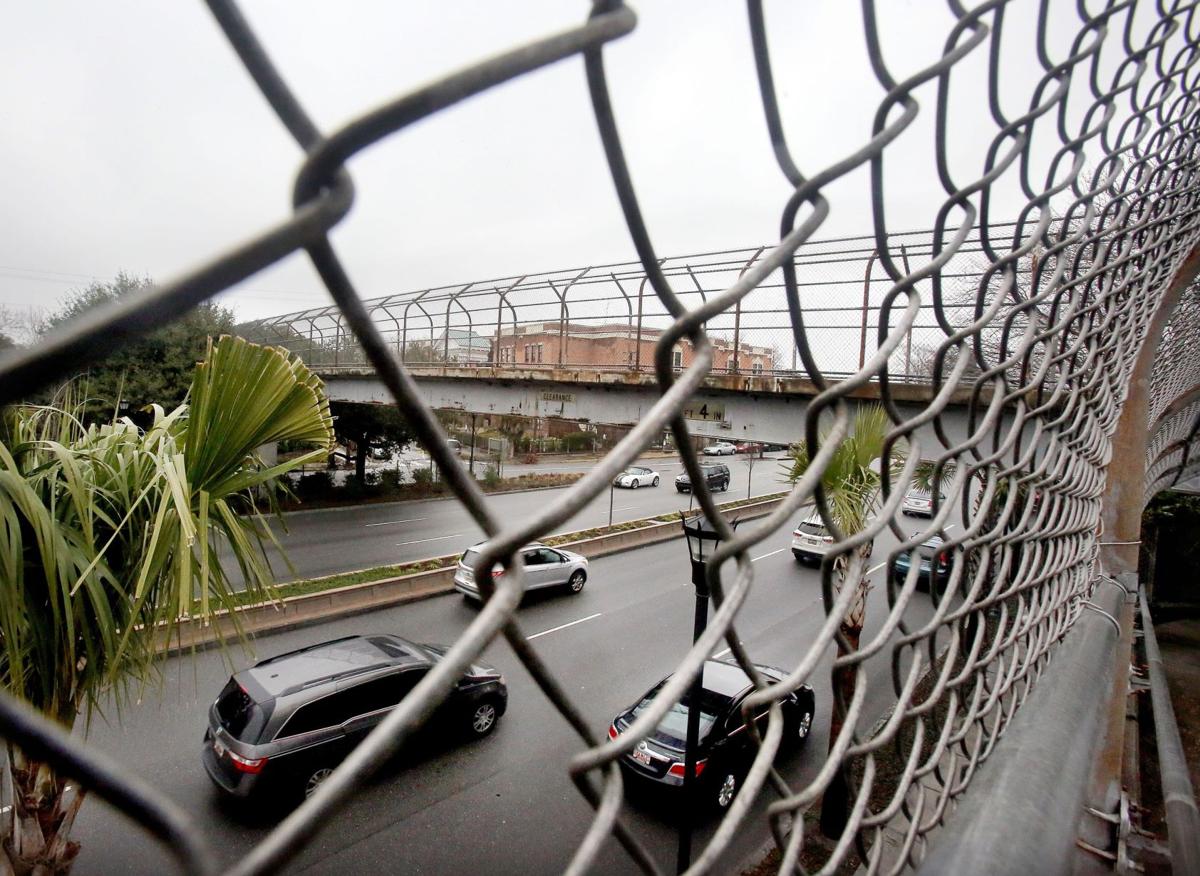By Adam Parker aparker@postandcourier.com Oct 17, 2020
In 1965, the house at 270 Ashley Ave. was bulldozed. This was no ordinary Charleston house. This was the home of J. Arthur Brown, president of the South Carolina NAACP. This was the place where plans were laid — to integrate the Charleston County public schools, to join the Kress sit-ins — where the civil rights movement pulsated strongly in Charleston. This was a house in the heart of a mostly Black, mostly self-sufficient community during the period of legalized segregation.
Then came the surveyors, the heavy equipment, the cement.

Numerous road projects were undertaken nationwide in the 1950s and 1960s as part of the federal interstate highway program. Project managers knew their roads would damage and divide Black communities, pursuing them in the name of “slum clearance” or “urban renewal,” according to Richard Rothstein, author of “The Color of Law.” Constructing highways became an excuse for the large-scale transfer of Black populations. Read the entire article HERE. Other articles:
- How the U.S. Government Destroyed Black Neighborhoods
- Advocates Rally to Tear Down Highways That Bulldozed Black Neighborhoods
- The Role of Highways in American Poverty
- Highway to Inequity: The Disparate Impact of the Interstate Highway System on Poor and Minority Communities in American Cities
- What does a traffic jam in Atlanta have to do with segregation? Quite a lot.
- Your Stories: How Urban Freeways Divided America’s Neighborhoods
- ‘The Wrong Complexion For Protection.’ How Race Shaped America’s Roadways And Cities
- Highways of Racism, from Charlottesville, VA to Hartford, CT